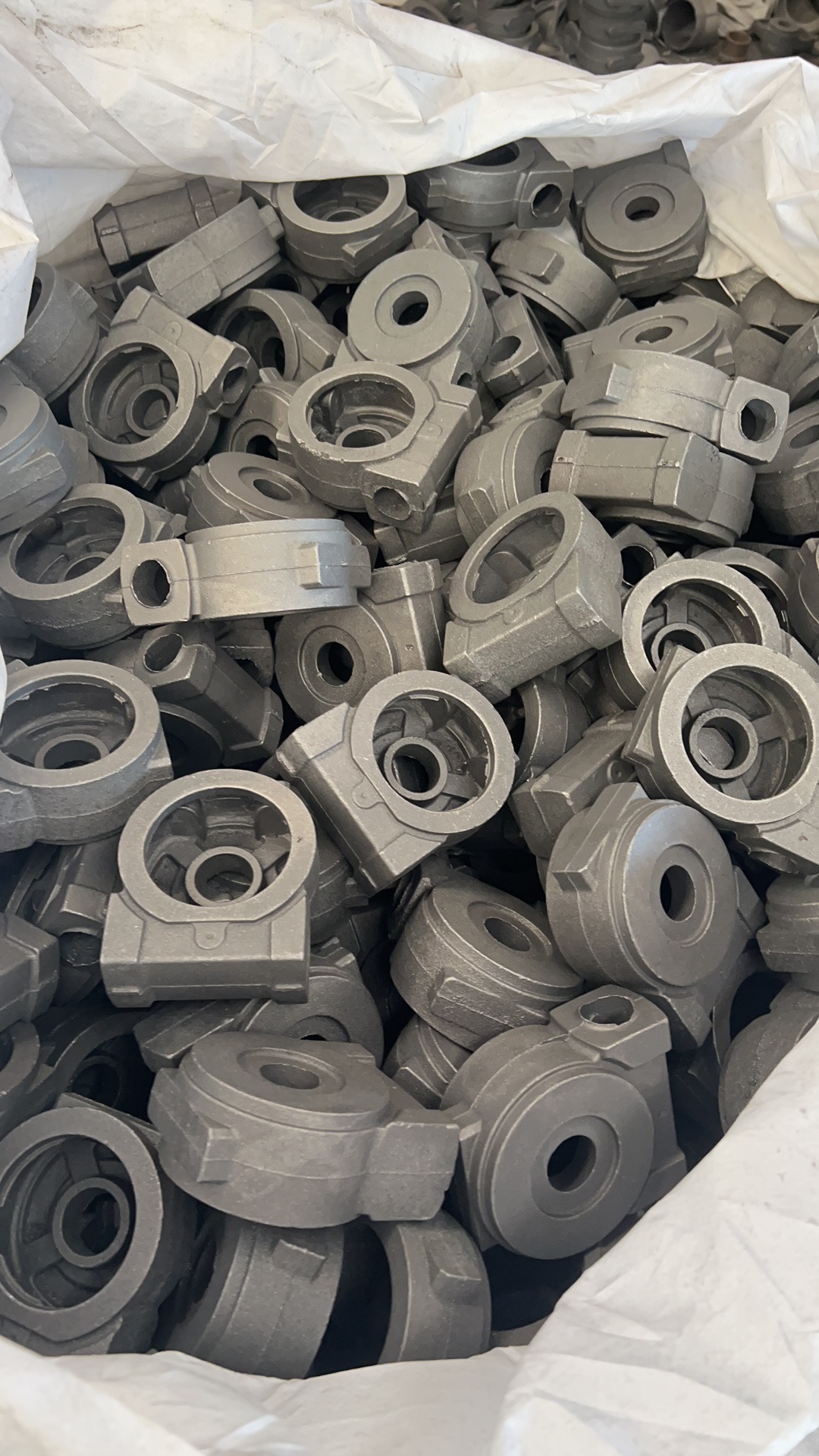- Afrikaans
- Albanian
- Amharic
- Arabic
- Armenian
- Azerbaijani
- Basque
- Belarusian
- Bengali
- Bosnian
- Bulgarian
- Catalan
- Cebuano
- China
- China (Taiwan)
- Corsican
- Croatian
- Czech
- Danish
- Dutch
- English
- Esperanto
- Estonian
- Finnish
- French
- Frisian
- Galician
- Georgian
- German
- Greek
- Gujarati
- Haitian Creole
- hausa
- hawaiian
- Hebrew
- Hindi
- Miao
- Hungarian
- Icelandic
- igbo
- Indonesian
- irish
- Italian
- Japanese
- Javanese
- Kannada
- kazakh
- Khmer
- Rwandese
- Korean
- Kurdish
- Kyrgyz
- Lao
- Latin
- Latvian
- Lithuanian
- Luxembourgish
- Macedonian
- Malgashi
- Malay
- Malayalam
- Maltese
- Maori
- Marathi
- Mongolian
- Myanmar
- Nepali
- Norwegian
- Norwegian
- Occitan
- Pashto
- Persian
- Polish
- Portuguese
- Punjabi
- Romanian
- Russian
- Samoan
- Scottish Gaelic
- Serbian
- Sesotho
- Shona
- Sindhi
- Sinhala
- Slovak
- Slovenian
- Somali
- Spanish
- Sundanese
- Swahili
- Swedish
- Tagalog
- Tajik
- Tamil
- Tatar
- Telugu
- Thai
- Turkish
- Turkmen
- Ukrainian
- Urdu
- Uighur
- Uzbek
- Vietnamese
- Welsh
- Bantu
- Yiddish
- Yoruba
- Zulu
11月 . 26, 2024 08:24 Back to list
Techniques for Producing High-Quality Cast Iron Components in Manufacturing Industry
Making Cast Iron Parts A Comprehensive Overview
Cast iron has been a fundamental material in industrial applications for centuries, renowned for its excellent castability, durability, and ability to withstand stress. The process of making cast iron parts involves a series of intricate steps that transform raw materials into functional components that meet specific requirements. This article delves into the methods and considerations involved in producing cast iron parts.
The Basics of Cast Iron
Cast iron is primarily an alloy of iron, carbon, and silicon. It typically contains 2-4% carbon, which gives it unique properties such as high fluidity when molten and resistance to deformation. The composition can vary, resulting in different types of cast iron, including gray iron, ductile iron, malleable iron, and white iron, each with its distinctive characteristics suited for various applications.
Raw Materials and Melting
The primary ingredients for making cast iron include iron scrap, pig iron, and materials such as coke and limestone. The process begins with melting these raw materials in a furnace. Various types of furnaces can be used, including cupola furnaces, induction furnaces, and electric arc furnaces. The choice of furnace often depends on the scale of production and desired properties of the finished product. Once the materials are melted, they form a molten iron that is ready for casting.
Molding Process
After melting, the molten iron is poured into molds to form the desired shapes of the parts
. There are two primary molding techniques green sand casting and resin sand casting.- Green Sand Casting This traditional method utilizes a mixture of sand, clay, and water. The sand is packed around a pattern, which creates a mold cavity. Once the cavity is complete, the molten iron is poured into it. After cooling, the mold is broken apart to retrieve the cast part.
making cast iron parts

- Resin Sand Casting This modern technique uses a resin-bonded sand, providing better dimensional accuracy and smoother finishes than green sand casting. The molds produced are more durable and can be reused several times before they need to be replaced.
Cooling and Finishing
Once the metal has solidified in the mold, the cast part is removed and allowed to cool completely. Cooling must be controlled to prevent defects such as cracking or warping. After cooling, the parts often undergo additional finishing processes, including machining, grinding, and surface treatment. These processes enhance the precision and surface quality of the final product, ensuring it meets the required specifications.
Quality Control
Quality control is a critical aspect of making cast iron parts. Various tests are performed to ensure the integrity and performance of the castings. Common inspections include dimensional checks, surface inspection, and mechanical property tests, such as tensile strength and hardness testing. These assessments help identify any defects early, allowing for corrective actions before the parts are shipped to the clients.
Applications of Cast Iron Parts
Cast iron parts are widely used across various industries, including automotive, machinery, plumbing, and construction. They are commonly found in engine blocks, pipe fittings, cookware, and heavy machinery components. Their ability to withstand heavy loads and resist wear makes them a preferred choice for applications requiring longevity and reliability.
Conclusion
The process of making cast iron parts is a blend of art and science, requiring expertise in metallurgy and precision engineering. From the careful selection of materials to the intricate casting and finishing processes, each step plays a crucial role in producing high-quality cast iron components. As industries continue to evolve, the techniques and technologies involved in cast iron production will also advance, ensuring that this versatile material remains vital in modern manufacturing.
-
8mm Thin-Walled Cast Steel Manhole Cover Pallet Bottom Ring | Durable
NewsAug.04,2025
-
Premium Cast Iron Water Main Pipe: Durable, Corrosion-Resistant
NewsAug.03,2025
-
Durable Cast Iron Water Mains | AI-Optimized Systems
NewsAug.02,2025
-
High-Efficiency Propane Boiler for Baseboard Heat | Save Energy
NewsAug.01,2025
-
Premium Source Suppliers for Various Gray Iron Castings
NewsJul.31,2025
-
Durable Cast Iron Water Main Pipes | Long-Lasting
NewsJul.31,2025


